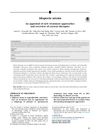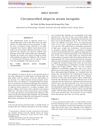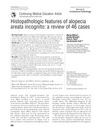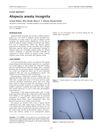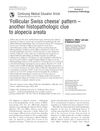Alopecia Areata Incognita and Diffuse Alopecia Areata: Clinical, Trichoscopic, Histopathological, and Therapeutic Features of a 5-Year Study
September 2019
in “
Dermatology practical & conceptual
”
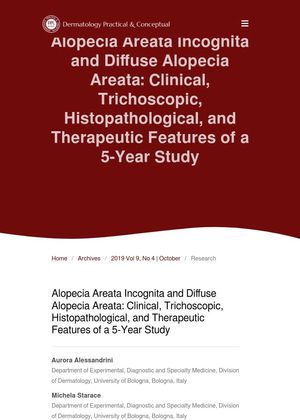
TLDR The study concluded that AAI and DAA are forms of the same disease, with different symptoms in men and women, and that corticosteroid treatment is effective.
The 5-year study conducted from 2012 to 2017 examined Alopecia Areata Incognita (AAI) and Diffuse Alopecia Areata (DAA), involving 107 AAI patients and 25 DAA patients. The research found that AAI and DAA are different presentations of the same disease, with AAI more common in women and DAA more common in men. Trichoscopy was crucial for diagnosis, with yellow dots and short vellus hairs being common findings. Histopathology showed peribulbar lymphocytic infiltrate in both conditions, with DAA showing more severe inflammatory damage. The most effective treatment was intralesional corticosteroids, with 70% of cases responding well. After 8 months of therapy, 52.4% of AAI patients and 60% of DAA patients were in remission.
